Home>Garden Essentials>When Should You Plant Marigold Seeds
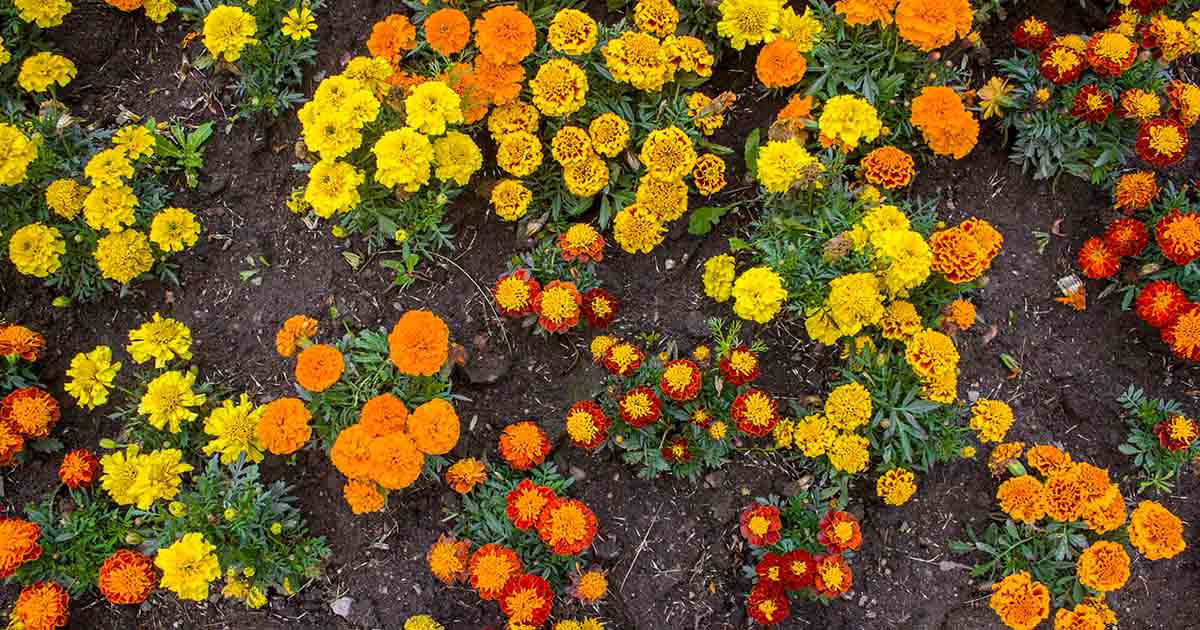

Garden Essentials
When Should You Plant Marigold Seeds
Modified: March 15, 2024
Find out the best time to plant marigold seeds in your garden and ensure a beautiful and vibrant floral display. Discover expert tips and guidance for successful gardening.
(Many of the links in this article redirect to a specific reviewed product. Your purchase of these products through affiliate links helps to generate commission for Storables.com, at no extra cost. Learn more)
Introduction
Marigolds are a beloved flower that adds vibrant color to any garden. With their cheerful blooms and distinct fragrance, marigolds are a popular choice for both seasoned gardeners and beginners. One of the best ways to enjoy these beautiful flowers is by planting marigold seeds. But when is the best time to plant marigold seeds? In this article, we will explore the factors to consider before planting marigold seeds, the optimal timing for planting, and a step-by-step guide to help you successfully grow marigolds in your garden.
Before diving into the details of when to plant marigold seeds, there are several factors you need to consider to ensure the successful growth of your marigolds. These factors include the climate in your region, soil requirements, sunlight exposure, and watering needs.
Firstly, the climate plays a crucial role in determining the success of your marigold plants. Marigolds thrive in warm weather, so it is important to consider the average temperature in your area. They can tolerate some cooler temperatures, but they are most productive in temperatures between 70-85°F (21-29°C).
Secondly, marigolds prefer well-drained soil. They can adapt to a wide range of soil types, but they thrive in fertile, loamy soil that is rich in organic matter. Additionally, the soil pH should be between 6.0 and 7.5 for optimal growth.
Next, marigolds are sun-loving plants and require at least six hours of direct sunlight daily. Ensure that the planting location provides ample sunlight to promote healthy growth and abundant blooms.
Lastly, marigolds have moderate water requirements. They do not like to be overly saturated, so be cautious of overwatering. Water them deeply when the top inch of soil feels dry, and avoid letting the soil dry out completely.
Now that you have a good understanding of the factors to consider, let’s move on to discussing the best time to plant marigold seeds based on the seasons.
Key Takeaways:
- Choose the right time to plant marigold seeds based on your climate and growing season. Spring is ideal, but summer and fall are also options. Starting seeds indoors gives you more control.
- Follow a step-by-step guide to plant marigold seeds, ensuring proper location, soil preparation, watering, and care. Be mindful of common issues like pests, diseases, and sunlight.
Read more: When Should You Plant Seeds
Factors to Consider before Planting Marigold Seeds
Before planting marigold seeds, it is important to consider several factors to ensure the success of your plants. These factors include climate, soil requirements, sunlight exposure, and watering needs. Understanding and addressing these factors will ensure healthy growth and vibrant blooms for your marigolds.
Climate: Marigolds are warm-weather plants and thrive in temperatures between 70-85°F (21-29°C). They are relatively drought-tolerant, making them ideal for regions with hot and dry climates. If you live in an area that experiences mild winters and hot summers, marigolds will flourish in your garden. However, if you reside in a region with cold winters and a short growing season, consider starting the marigold seeds indoors or waiting until the danger of frost has passed before planting them outdoors.
Soil Requirements: Marigolds are adaptable to a variety of soil types, but they prefer well-drained soil that is rich in organic matter. They can tolerate clay or sandy soil, but for optimal growth, prepare the soil by adding compost or well-rotted manure to enhance its fertility. The soil pH should ideally be between 6.0 and 7.5. Before planting, ensure that the soil is properly prepared to provide the necessary nutrients and drainage for your marigold plants.
Sunlight Exposure: Marigolds are sun-loving plants and require at least six hours of direct sunlight each day. Choose a planting location that receives ample sunlight throughout the day. Insufficient sunlight can lead to weak and spindly growth, and fewer blooms. If you have limited sunlight in your garden, opt for shorter marigold varieties that are more tolerant of partial shade.
Watering Needs: Marigolds have moderate water requirements and prefer consistent moisture in the soil. However, they do not like to be overly saturated, so it is important to avoid overwatering. Water your marigold plants deeply when the top inch of soil feels dry. This encourages the roots to grow deeper and helps the plants become more resilient during dry spells. Avoid letting the soil dry out completely, as this can cause stress to the plants and lead to poor growth and fewer blooms.
By considering these factors before planting marigold seeds, you can create the ideal growing conditions for your plants. Taking the time to understand the specific needs of marigolds will result in healthier plants, abundant blooms, and greater enjoyment of these delightful flowers in your garden.
Best Time to Plant Marigold Seeds
Choosing the right time to plant marigold seeds is crucial for their successful growth and development. The optimal timing will depend on your specific climate and the growing season in your region. Here are the best times to plant marigold seeds:
Spring Planting: Spring is the most common time to plant marigold seeds. As the temperatures begin to warm up and the risk of frost has passed, usually around mid to late spring, it is safe to sow the seeds directly into the soil. The soil should have reached a temperature of at least 50°F (10°C) before planting. By planting in the spring, you give the marigold seeds a longer growing season to establish healthy roots and produce abundant blooms.
Summer Planting: If you live in a region with a short growing season or have missed the ideal spring planting window, you can still plant marigold seeds in the summer. Make sure to choose shorter varieties of marigolds that have a shorter maturity period. By planting in the summer, you can enjoy the vibrant blooms of marigolds during the later part of the season and extend the presence of color in your garden.
Fall Planting: In some regions with mild winters, fall can also be a suitable time to plant marigold seeds. Planting marigolds in the fall allows them to establish robust root systems before the arrival of winter. The cooler temperatures and sufficient moisture in the fall provide favorable conditions for germination and early growth. However, it is important to ensure that you plant marigolds early enough in the fall to allow them sufficient time to establish themselves before the first frost.
It is worth noting that some gardeners prefer to start marigold seeds indoors, regardless of the season, and then transplant them outdoors at the appropriate time. This method allows for better control over the growing conditions and increases the chances of successful germination. If you choose to start your marigold seeds indoors, be sure to follow the specific instructions for seed starting and transplant them outdoors after the risk of frost has passed.
By understanding the best times to plant marigold seeds based on your climate and growing season, you can ensure optimal conditions for your marigold plants to thrive, resulting in stunning blooms and a beautiful addition to your garden.
Step-by-Step Guide to Plant Marigold Seeds
Planting marigold seeds is a rewarding and relatively simple process. By following a step-by-step guide, you can ensure that your marigold plants thrive and produce vibrant blooms. Here is a detailed guide to help you successfully plant marigold seeds in your garden:
1. Choosing the Right Location: Select a planting location that receives full sun or partial shade. Marigolds prefer at least six hours of direct sunlight each day. Ensure that the area has well-drained soil to prevent waterlogging, as marigolds do not tolerate excessive moisture.
2. Preparing the Soil: Prepare the soil by removing any weeds or debris from the planting area. Loosen the soil to a depth of about 6-8 inches (15-20 cm) using a garden fork or tiller. Incorporate organic matter, such as compost or well-rotted manure, into the soil to improve its fertility and drainage. This will provide a nutrient-rich environment for your marigold seeds to grow.
3. Planting the Seeds: Make small holes in the soil, approximately 1/4 inch (6 mm) deep. Space the holes about 6-12 inches (15-30 cm) apart, depending on the variety of marigolds you are planting. Place one marigold seed in each hole and cover them with soil. Gently press down on the soil to ensure good seed-to-soil contact.
4. Watering and Care: After planting the marigold seeds, water the area thoroughly but gently. Avoid overwatering, as marigolds prefer moderate moisture levels. To prevent fungal diseases, water at the base of the plants and avoid wetting the foliage. As the plants grow, continue to water them when the top inch of soil feels dry. Provide enough water to keep the soil consistently moist but not waterlogged.
5. Thin and Mulch: Once the marigold seedlings emerge and reach a height of a few inches, thin them out if they are too close together. This will allow the remaining plants to have adequate space for their roots to grow and prevent overcrowding. Additionally, applying a layer of mulch around the base of the marigold plants can help conserve moisture, suppress weeds, and maintain a more stable soil temperature.
6. Fertilizing: Marigolds generally do not require excessive fertilization, especially if you prepared the soil with organic matter. However, if you notice slow growth or pale foliage, you can supplement with a balanced fertilizer once or twice during the growing season. Follow the instructions on the fertilizer packaging for proper application rates.
7. Pest and Disease Control: Monitor your marigold plants regularly for any signs of pests, such as aphids or spider mites. If you notice any infestations, consider using organic pest control methods or consult your local gardening expert for recommendations. Additionally, be aware of common diseases that can affect marigolds, such as powdery mildew or root rot. Proper watering practices and good air circulation can help prevent these issues.
By following these step-by-step instructions, you can successfully plant marigold seeds and care for your plants as they grow. With a little patience and consistent attention, you will soon enjoy the bright and cheerful blooms that marigolds are known for.
Plant marigold seeds after the last frost date in your area, when the soil has warmed up to at least 70°F. This is usually in the spring, but check your local climate for the best timing.
Common Issues and Troubleshooting
While marigolds are generally easy to grow, they can still encounter a few common issues. By being aware of these problems and knowing how to address them, you can ensure the continued health and vitality of your marigold plants. Here are some common issues and troubleshooting tips:
Pests and Diseases: Marigolds are typically resistant to most pests and diseases. However, they can still occasionally experience issues. Common pests that may affect marigolds include aphids, spider mites, and caterpillars. If you notice any signs of infestation, such as distorted leaves or visible insects, you can use organic pest control methods like spraying with a mild soap solution or introducing beneficial insects like ladybugs. Additionally, marigolds can be susceptible to fungal diseases like powdery mildew or root rot. To prevent these diseases, ensure adequate air circulation, avoid overwatering, and consider applying a fungicide if necessary.
Overwatering or Underwatering: Proper watering is crucial for the health of your marigold plants. Overwatering can lead to root rot and other fungal diseases, while underwatering can cause stunted growth and wilting. It is important to strike a balance and provide consistent moisture without waterlogging the soil. Wait until the top inch of soil feels dry before watering and avoid letting the soil completely dry out. Be mindful of your climate and adjust watering frequency accordingly. Mulching can also help retain moisture in the soil and prevent excessive evaporation.
Lack of Sunlight: Marigolds are sun-loving plants and require at least six hours of direct sunlight daily to thrive and produce abundant blooms. Insufficient sunlight can result in weak, leggy growth and fewer flowers. If your marigold plants are not receiving enough sunlight due to shade or other factors, consider transplanting them to a sunnier location. Alternatively, you can choose marigold varieties that are more tolerant of partial shade. Remember to monitor the light conditions in your garden and provide the necessary sunlight for your marigold plants.
It is important to regularly inspect your marigold plants for any signs of issues and take appropriate measures to address them promptly. By being vigilant and following proper care practices, you can enjoy healthy and vibrant marigold plants in your garden.
Read more: When Should You Plant Vegetable Seeds
Harvesting and Replanting Marigold Seeds
Harvesting marigold seeds is a rewarding experience that allows you to save and replant seeds for future seasons. The process of harvesting marigold seeds is relatively simple. Follow these steps to harvest and replant marigold seeds successfully:
1. Identify Ripe Seed Heads: Allow the marigold flowers to fully bloom and fade. As the flowers wilt and dry up, they will develop seed heads, which are small, round, and green in color. Wait until the seed heads have turned brown and dried out before harvesting the seeds. The seeds should be mature and ready for harvesting at this stage.
2. Collect Seed Heads: Cut the seed heads from the marigold plants using a pair of clean, sharp scissors or pruning shears. Place the seed heads in a paper bag or a container to catch any loose seeds that may fall during the harvesting process.
3. Extract Seeds: To extract the marigold seeds from the seed heads, gently rub or crush the dry heads with your hands or use a mortar and pestle. This will help release the seeds from the seed heads. Alternatively, you can simply crush the entire seed heads and separate the seeds from the debris later.
4. Remove Debris: After extracting the seeds, carefully separate them from any remaining plant matter, such as dried petals or stems. You can do this by gently blowing on the seeds or using a sieve to sift out unwanted debris.
5. Dry and Store Seeds: Spread the extracted marigold seeds in a single layer on a clean, dry surface, such as a paper towel or a plate. Allow the seeds to completely dry for about a week in a warm, well-ventilated area. Once the seeds are dry, store them in a cool, dry place in an airtight container or envelope. Be sure to label the container with the seed variety and the date of harvesting.
6. Replanting: When the time comes to replant the marigold seeds, prepare the planting area as you would for any other seed or seedling. Ensure that the soil is well-drained, loose, and prepared with organic matter. Start the seeds indoors before the last frost date or sow them directly into the prepared soil outdoors after the danger of frost has passed. Follow the specific planting instructions provided on the seed packet or consider starting the seeds in seed trays or peat pots before transplanting them to their final locations.
By following these steps, you can successfully harvest marigold seeds from your plants and replant them to enjoy the beauty of marigolds in your garden year after year. Saving and replanting seeds not only adds a sustainable element to your gardening practices but also allows you to preserve and propagate specific marigold varieties that you particularly enjoy.
Conclusion
Planting marigold seeds is a delightful and rewarding experience that allows you to enjoy the beauty of these vibrant flowers in your garden. By considering factors such as climate, soil requirements, sunlight exposure, and watering needs, you can create optimal conditions for the growth and development of your marigold plants.
Timing is key when it comes to planting marigold seeds. Spring is the most common time for planting, but you can also plant in the summer or fall depending on your specific climate and growing season. Starting seeds indoors is another option, giving you greater control over the germination process.
Follow a step-by-step guide to plant marigold seeds, including choosing the right location, preparing the soil, planting the seeds, and providing proper watering and care. Be mindful of common issues such as pests, diseases, overwatering, and lack of sunlight. Regular monitoring and prompt troubleshooting can help ensure the continued health of your marigold plants.
Once your marigold plants have bloomed, you have the opportunity to harvest and replant marigold seeds for future seasons. Harvesting seeds involves collecting ripe seed heads, extracting and cleaning the seeds, and properly storing them for future use. Replanting seeds can be done indoors or outdoors, depending on the appropriate timing and growing conditions.
In conclusion, marigold seeds bring a burst of color and cheery elegance to any garden. By understanding the factors involved in successfully planting and caring for marigold seeds, you can create a thriving garden filled with these beautiful flowers. Whether you’re a seasoned gardener or a beginner, growing marigolds from seeds can be an enjoyable and fulfilling endeavor that brings joy and beauty to your outdoor space.
Frequently Asked Questions about When Should You Plant Marigold Seeds
Was this page helpful?
At Storables.com, we guarantee accurate and reliable information. Our content, validated by Expert Board Contributors, is crafted following stringent Editorial Policies. We're committed to providing you with well-researched, expert-backed insights for all your informational needs.
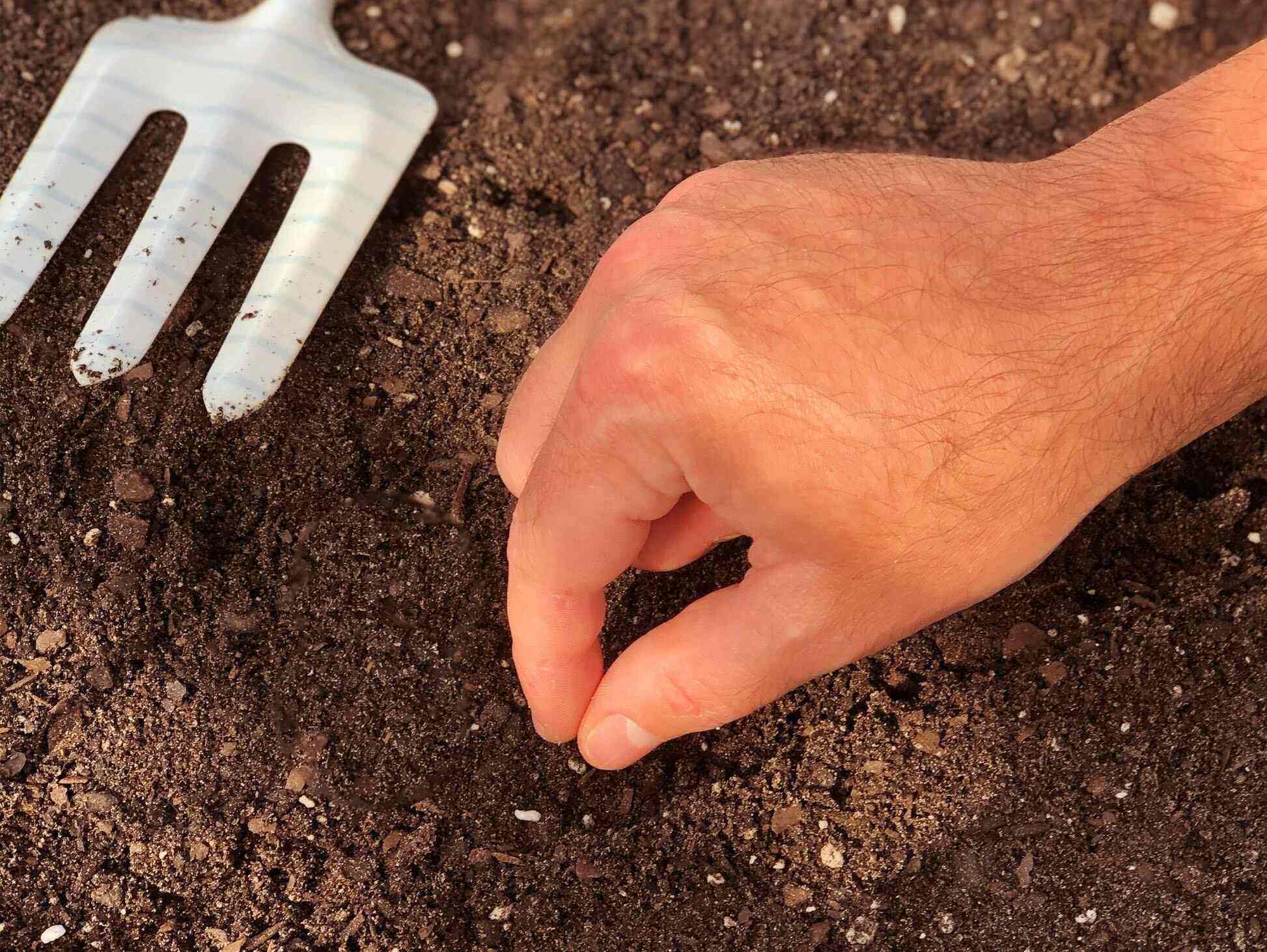
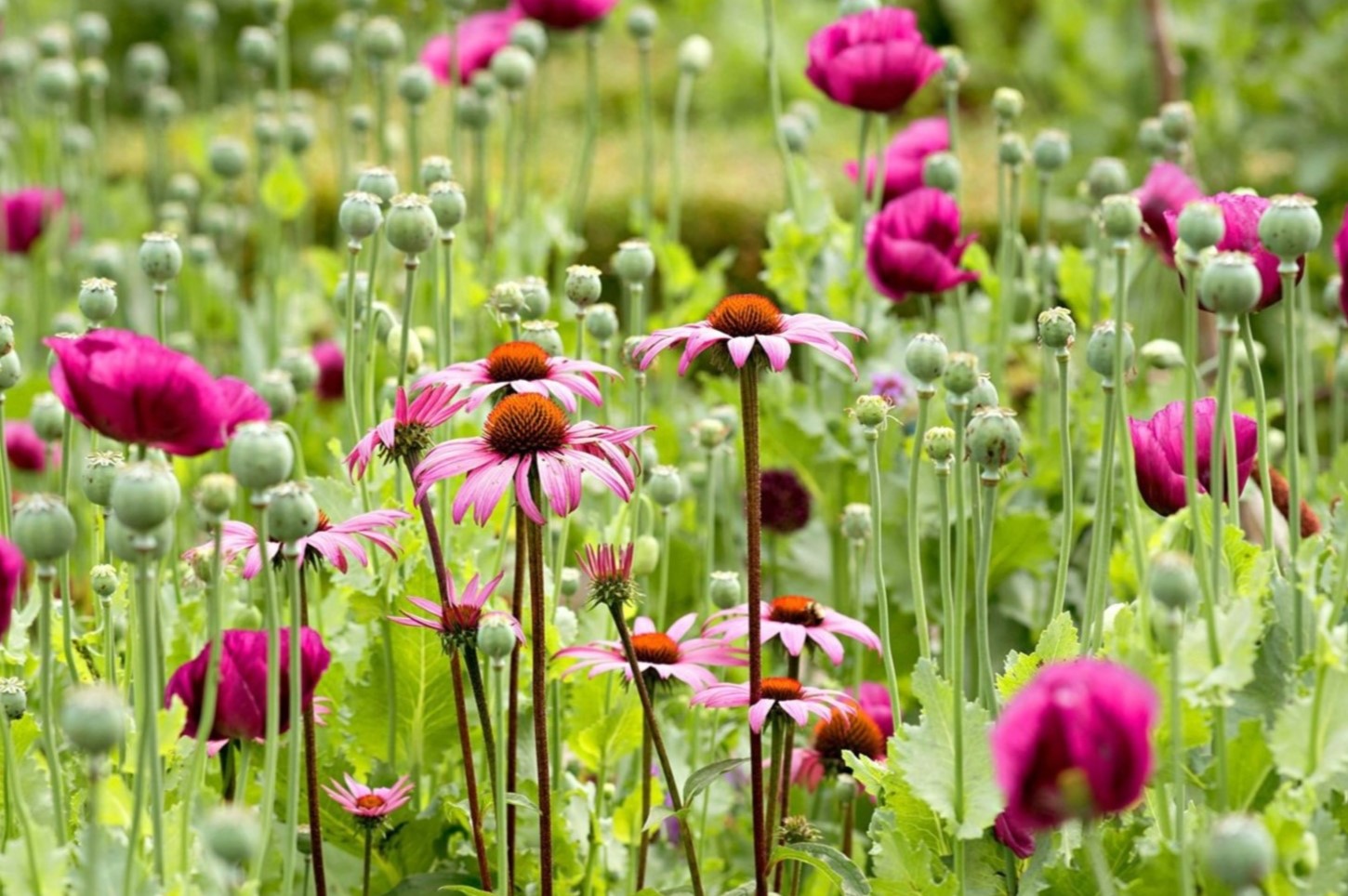
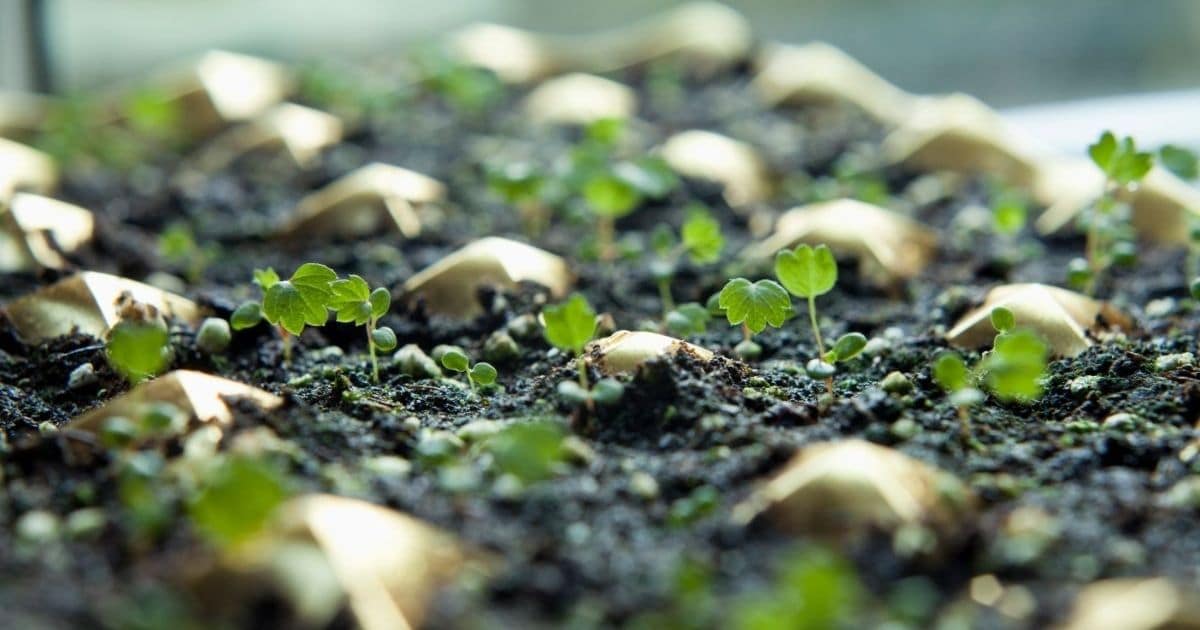
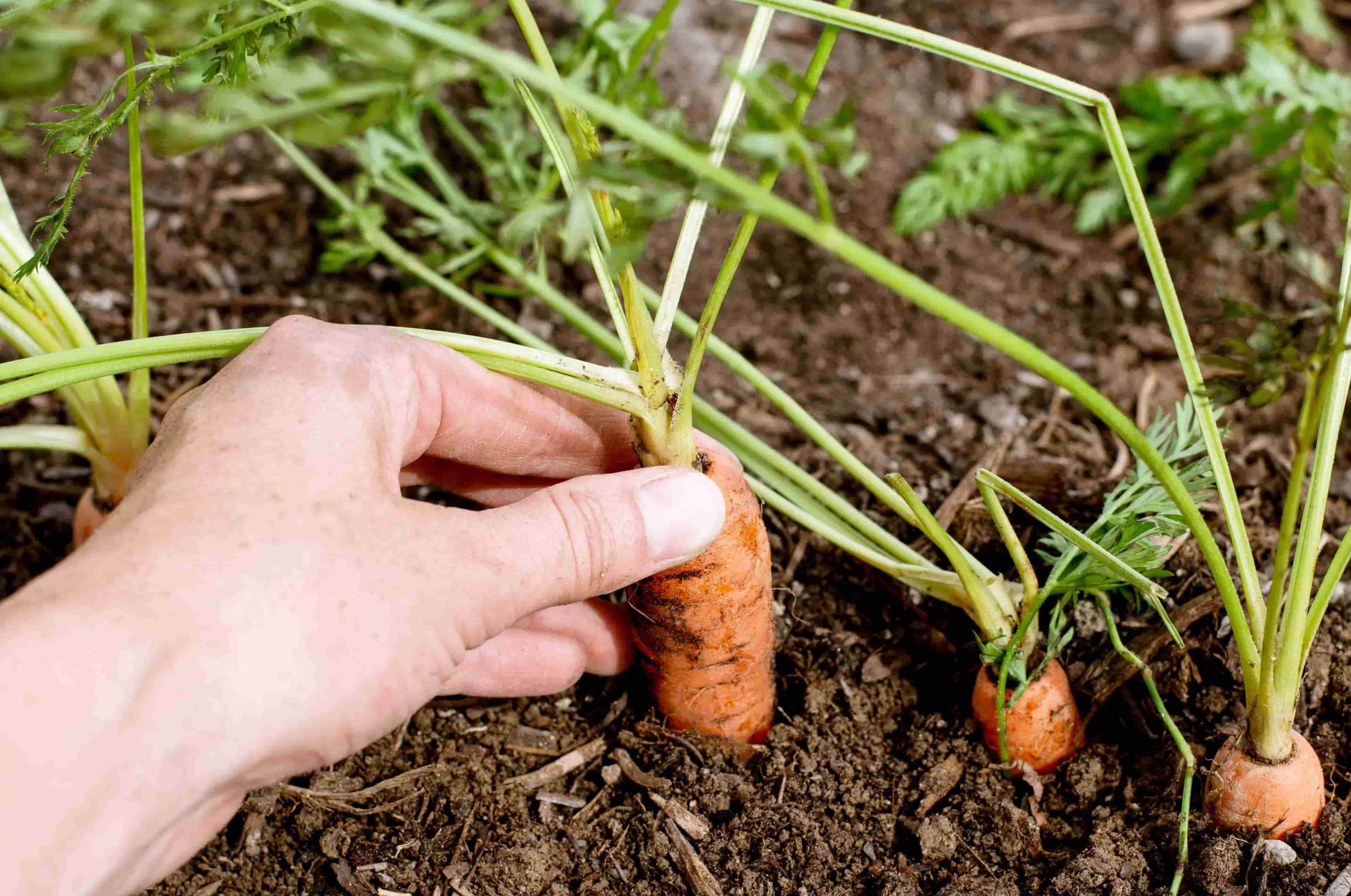

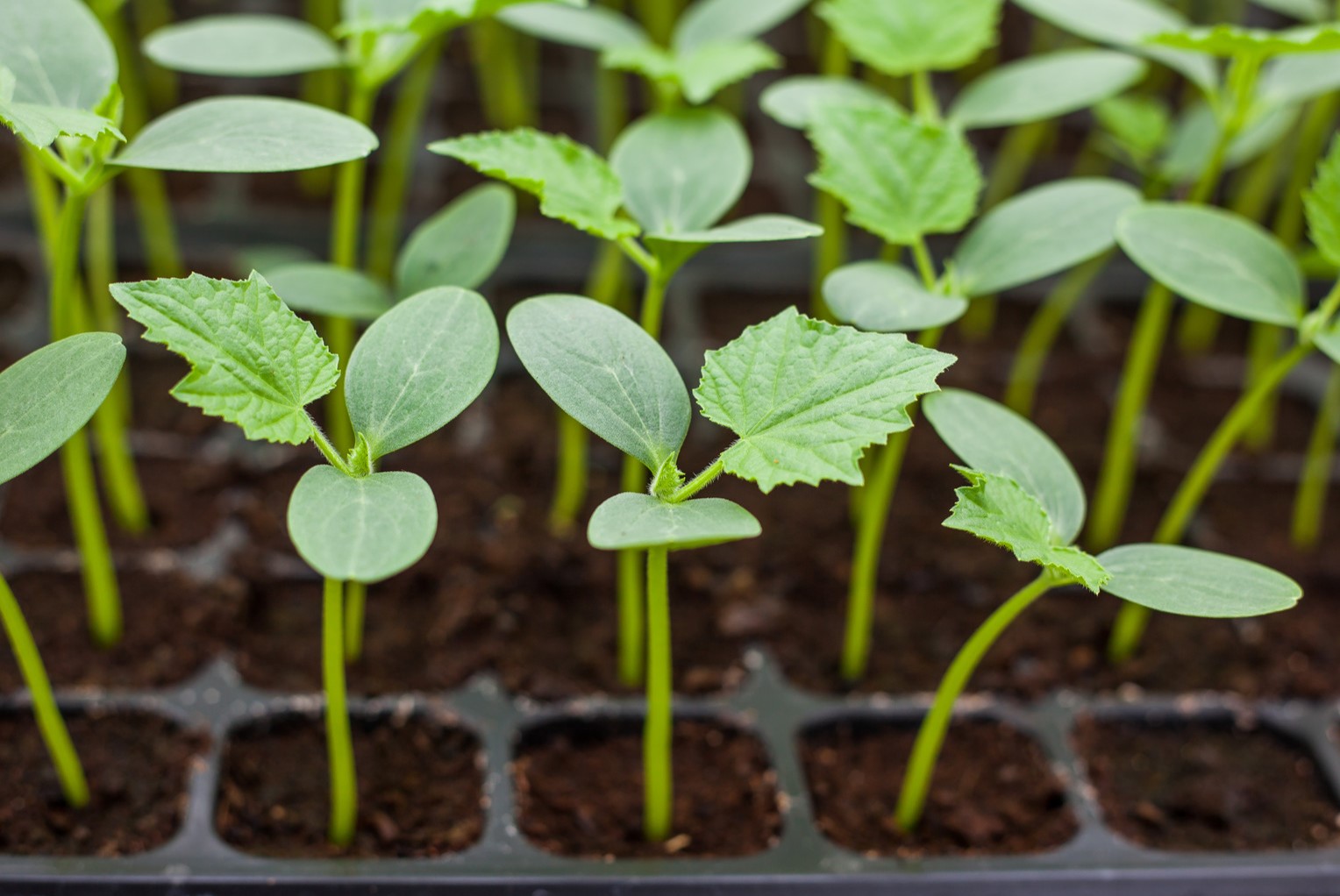
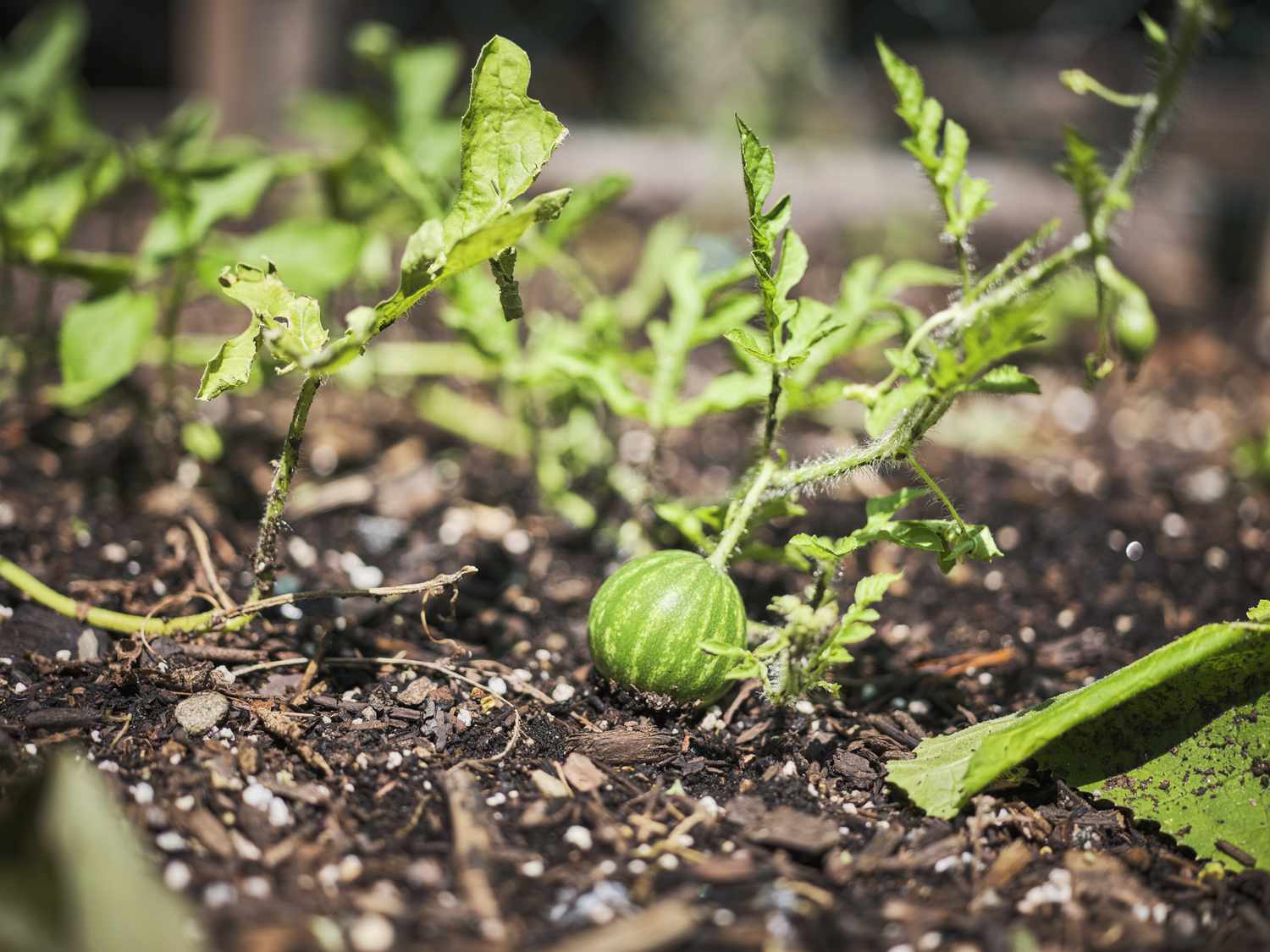
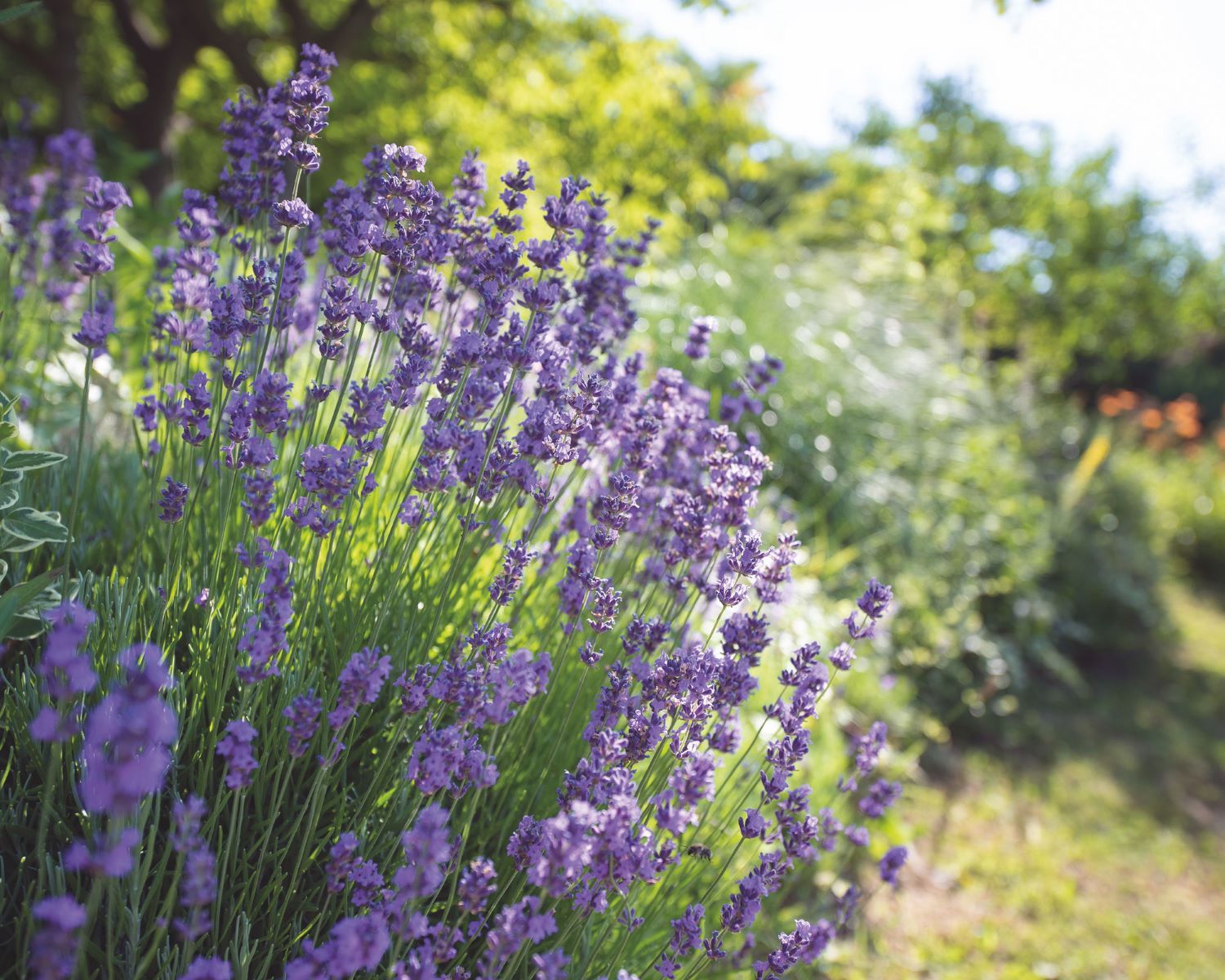
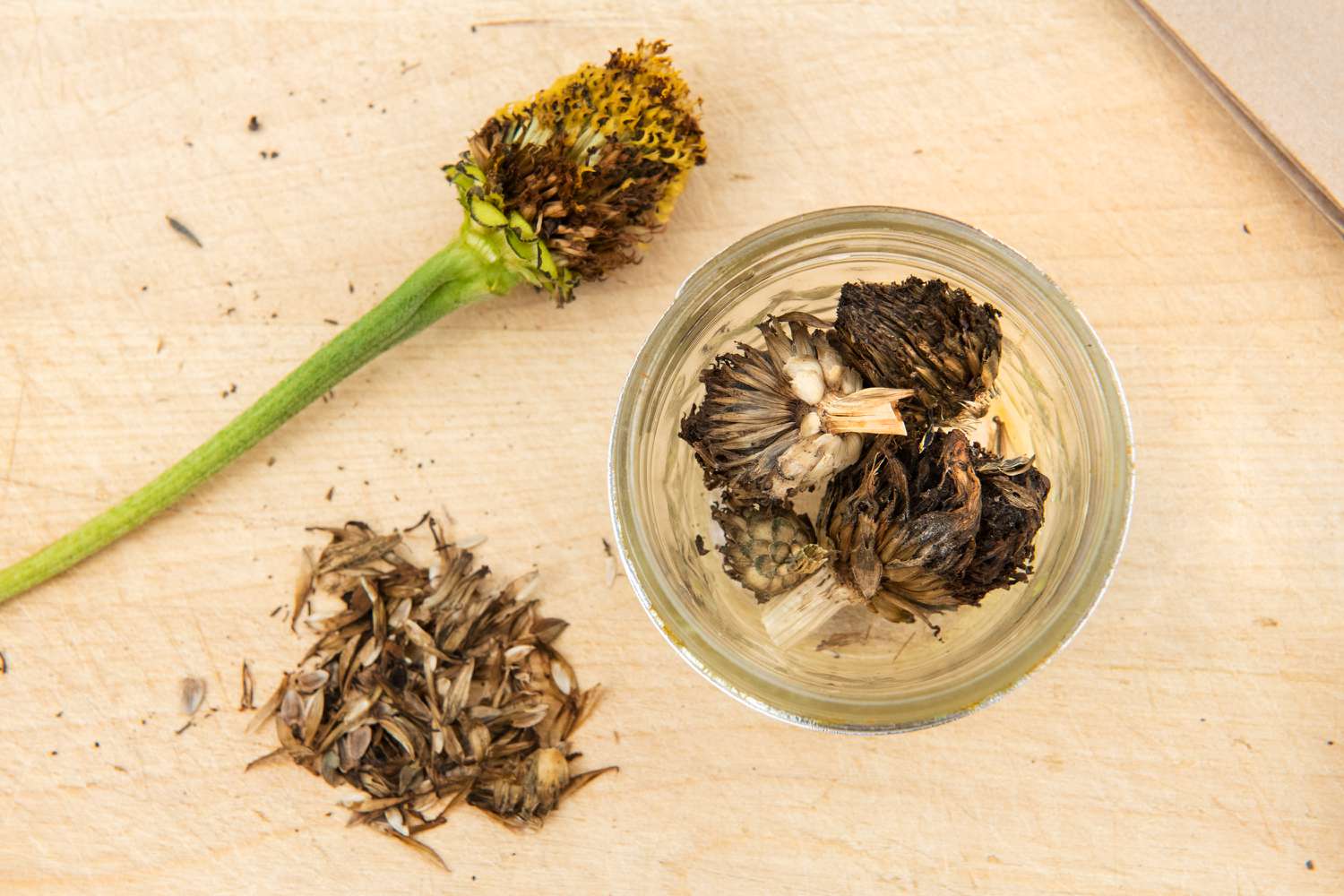
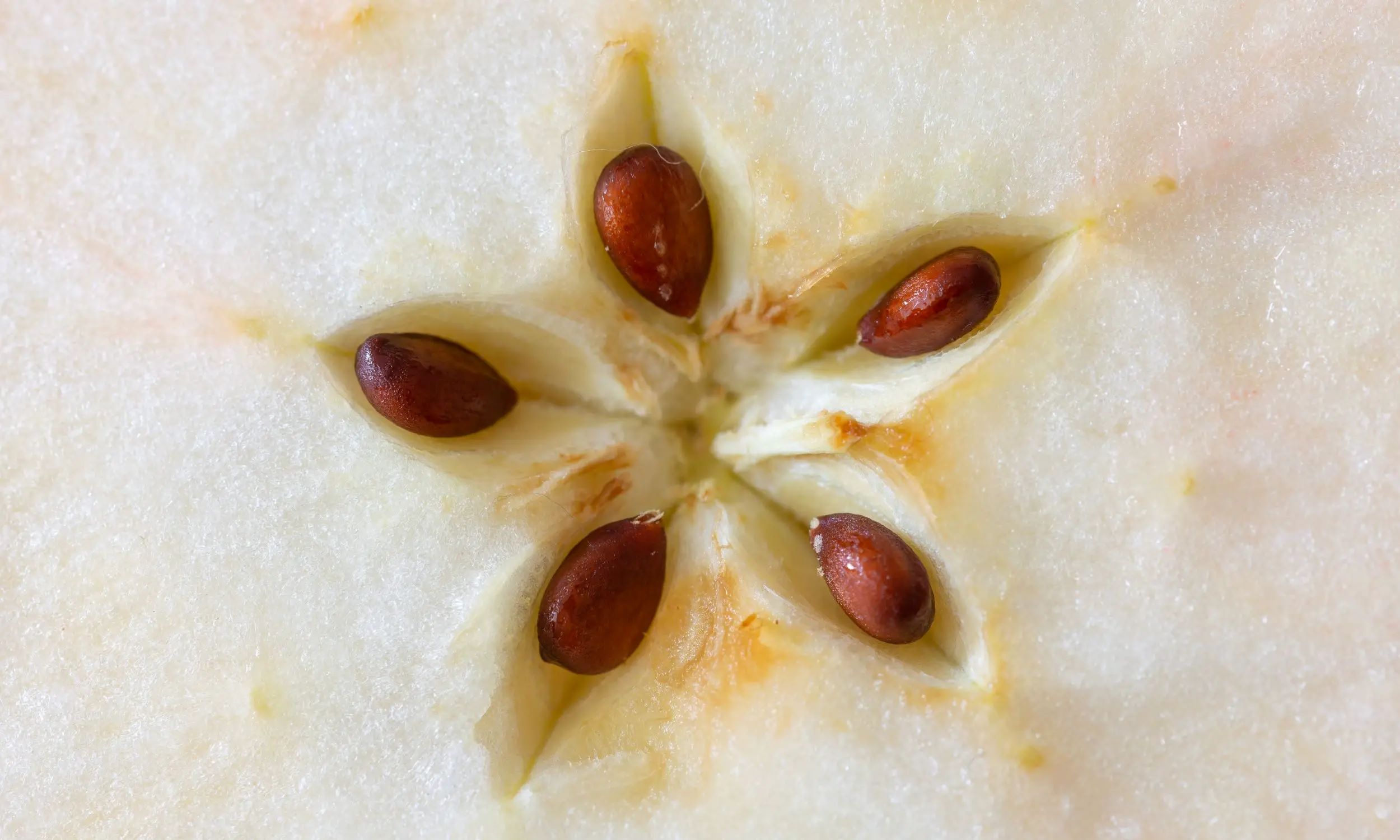
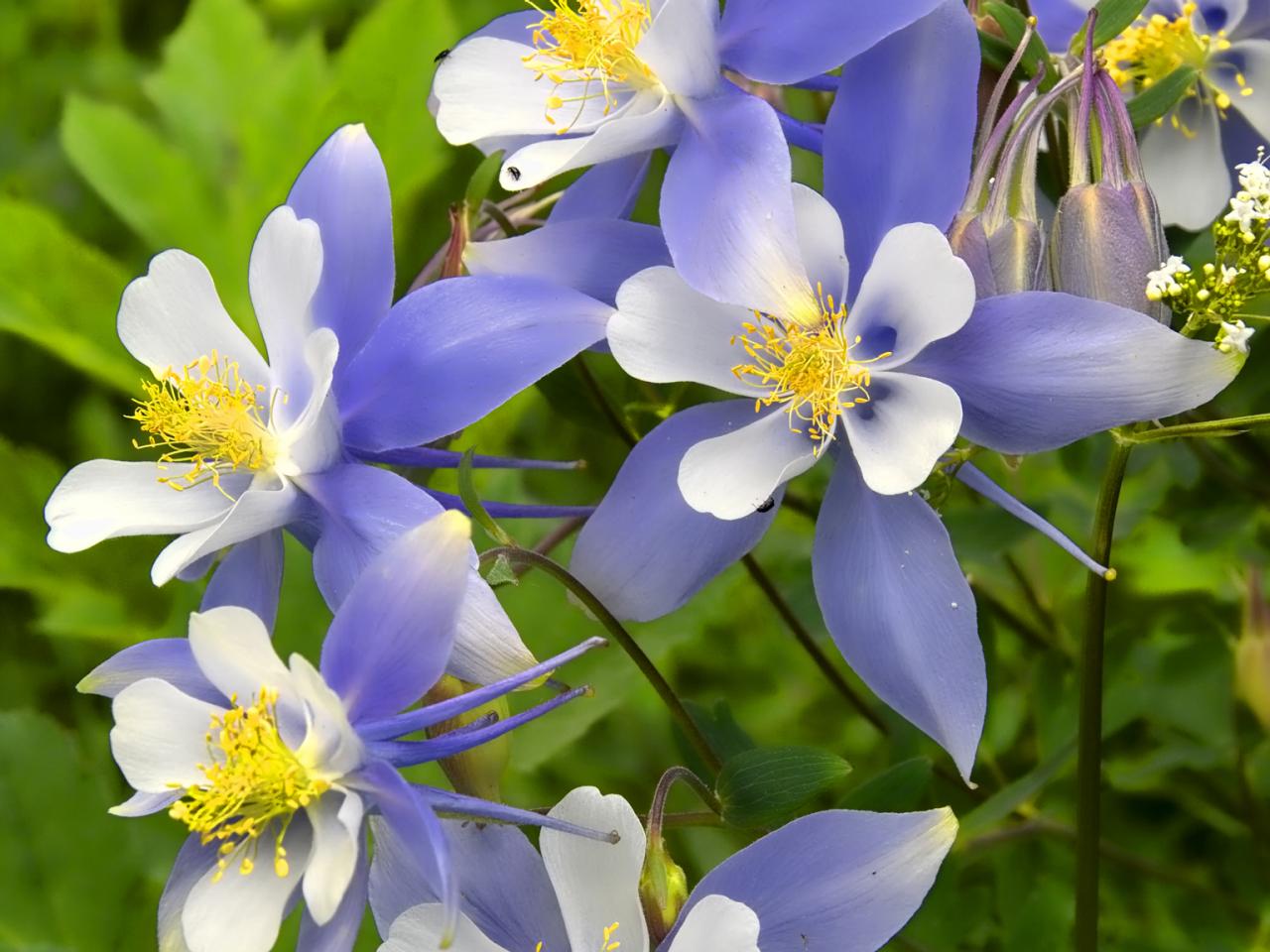
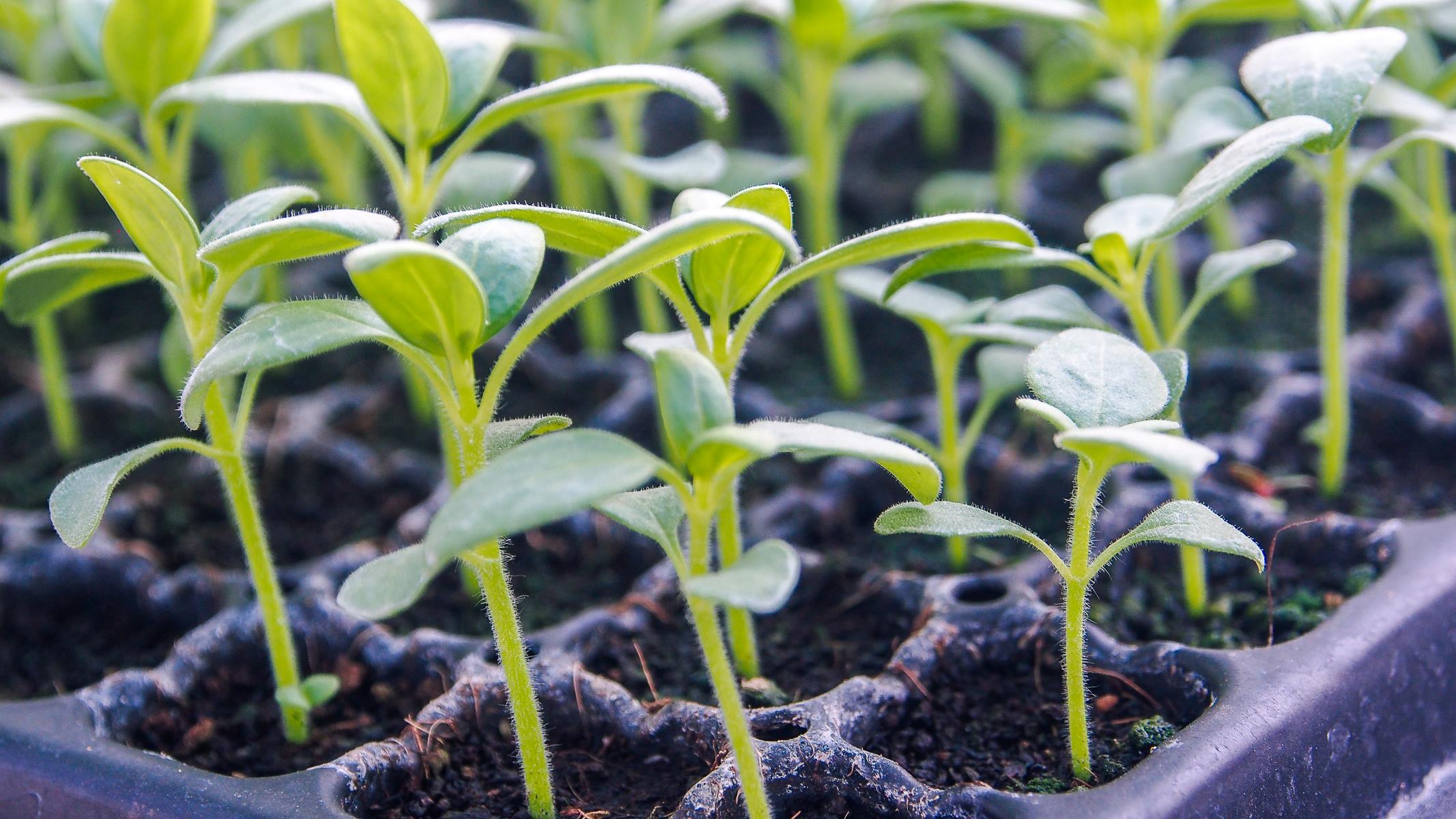
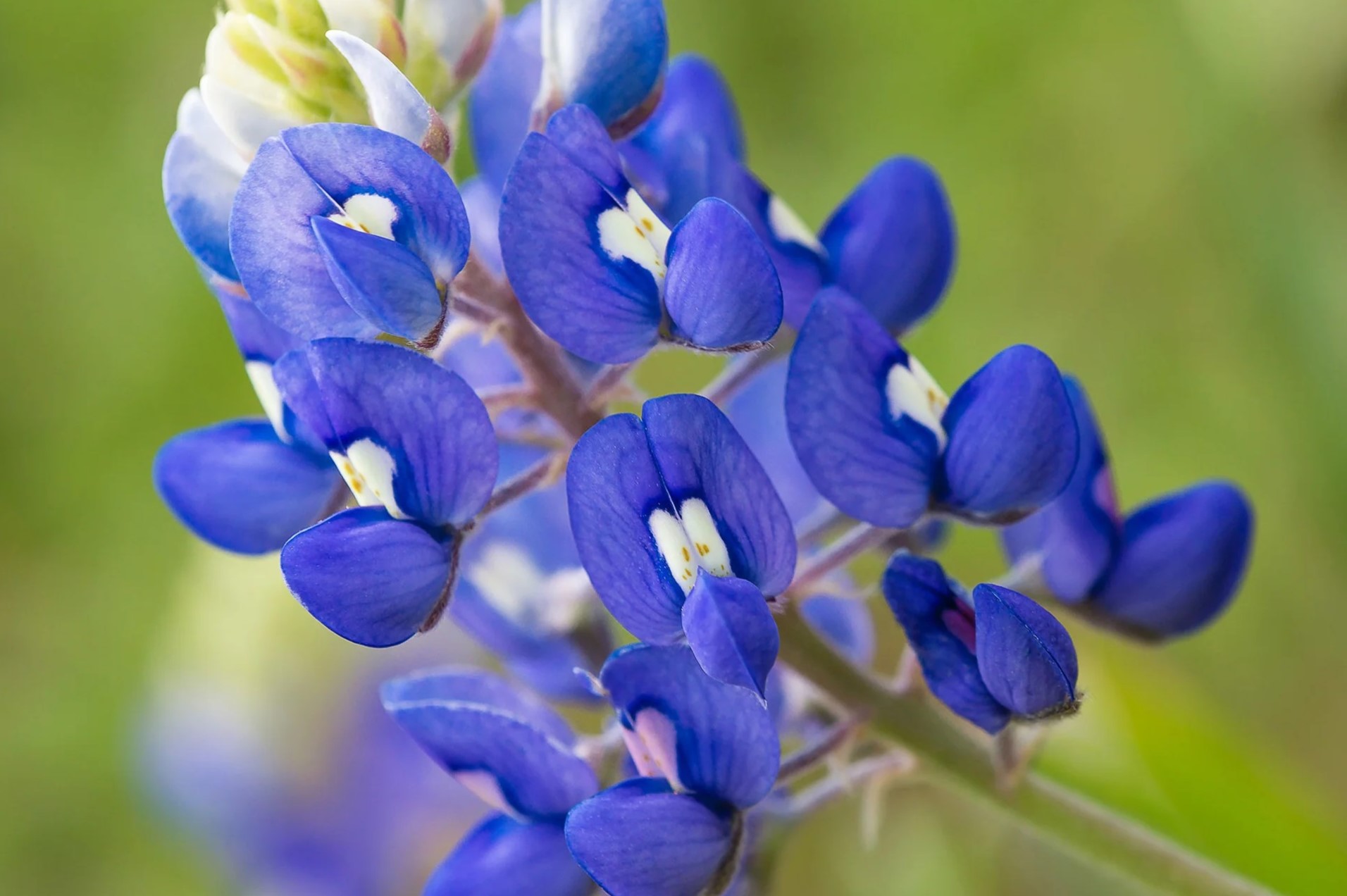
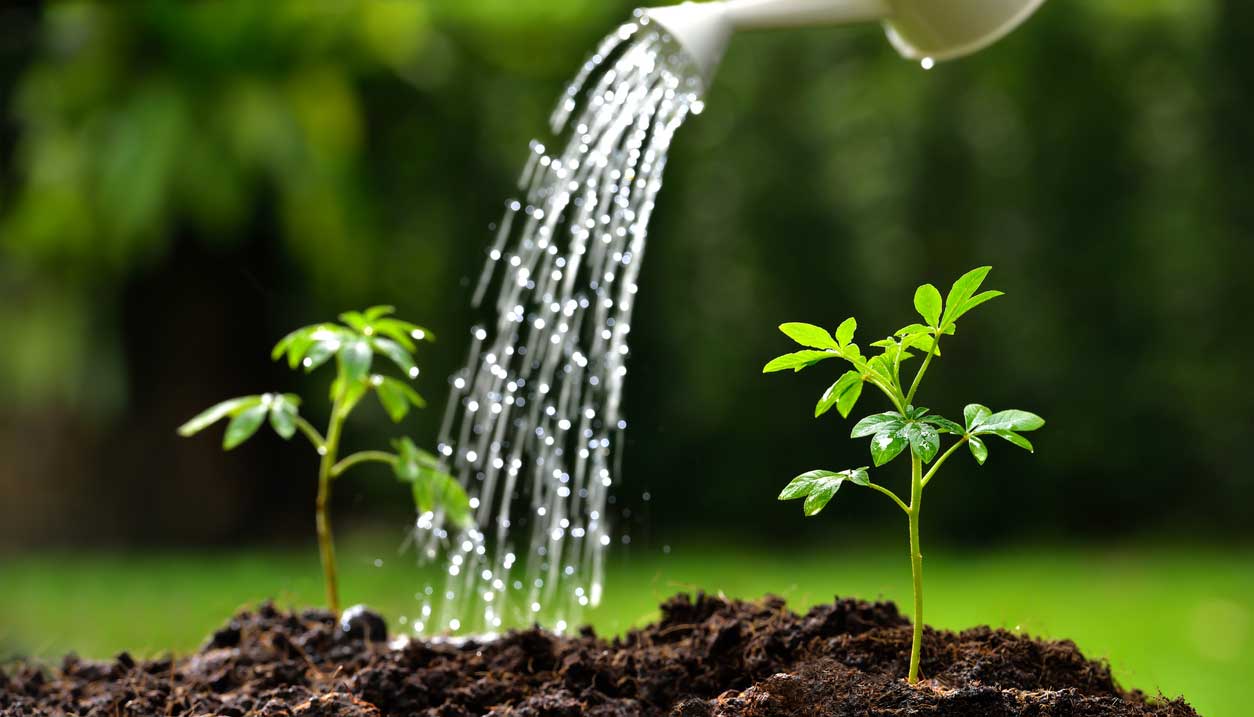

0 thoughts on “When Should You Plant Marigold Seeds”